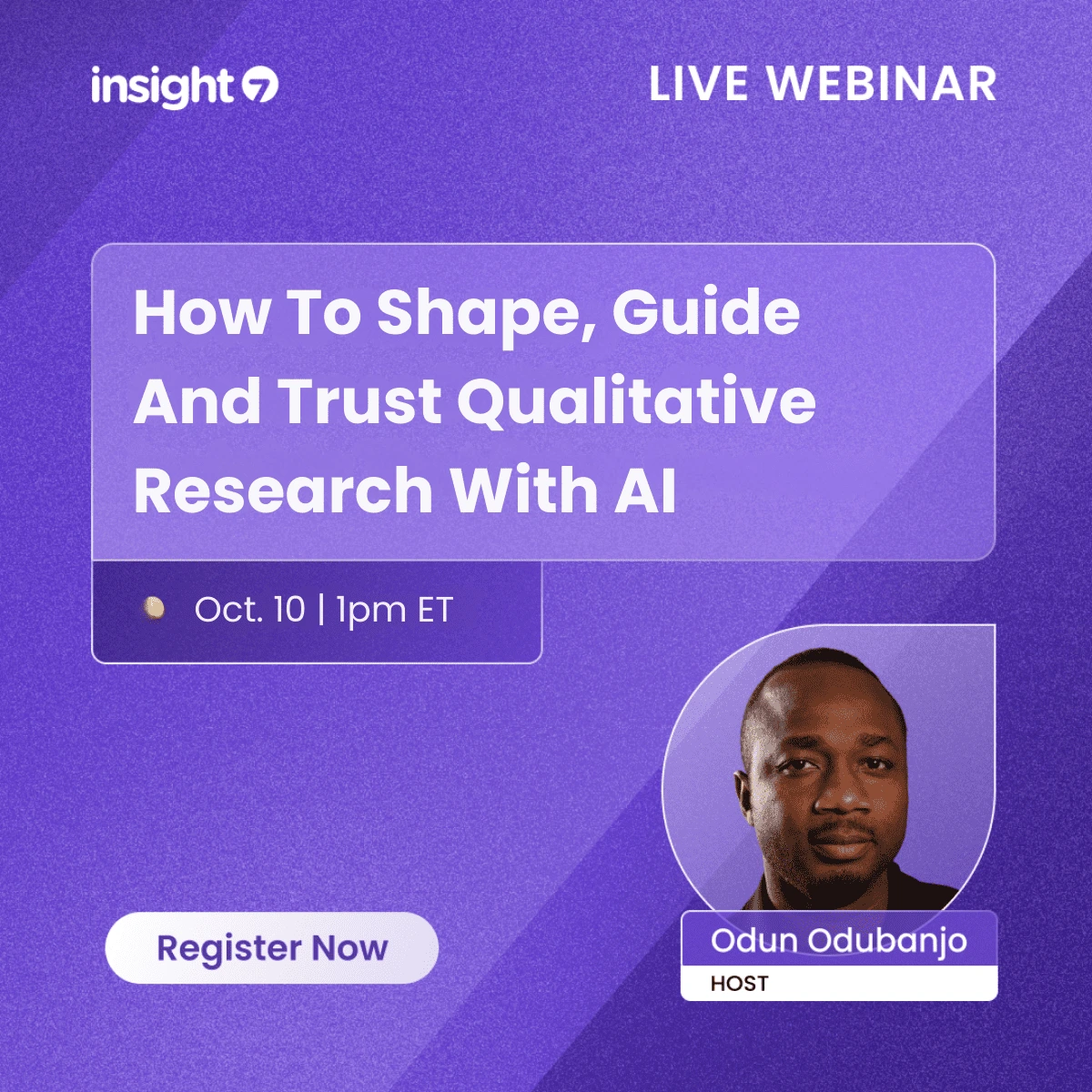Top Speech Analytics Solutions for Modern Contact Centers
-
Bella Williams
- 10 min read
In today’s fast-paced business environment, understanding customer needs and preferences is more crucial than ever. As customer expectations evolve, traditional methods of analyzing customer interactions often fall short. This is where speech analytics comes into play, offering modern contact centers the tools they need to bridge the gap between outdated practices and contemporary demands. By leveraging advanced technologies, organizations can transform customer conversations into actionable insights, enhancing both service quality and operational efficiency.
What Problem Does Speech Analytics Solve?
Modern contact centers face numerous challenges, including inconsistent customer experiences, missed sales opportunities, and ineffective training programs. Traditional methods of analyzing customer interactions, such as manual call reviews, are not only time-consuming but also prone to human error. These outdated practices fail to keep pace with the increasing volume of customer interactions and the complexity of customer needs.
The rise of omnichannel support and the demand for real-time insights further complicate matters. Customers expect seamless experiences across various platforms, and without the right tools, contact centers struggle to meet these expectations. Speech analytics addresses these frustrations by automating the analysis of customer conversations, allowing organizations to gain deeper insights into customer behavior and preferences.
Strategic Framework for Speech Analytics
Speech analytics is the process of capturing, analyzing, and interpreting customer interactions to derive meaningful insights. Unlike traditional manual approaches, which rely heavily on human judgment, AI-driven analytics utilize advanced algorithms to process vast amounts of data quickly and accurately. This shift not only enhances efficiency but also unlocks new possibilities for contact centers.
With speech analytics, organizations can make faster decisions, uncover deeper insights, and develop proactive strategies that align with customer needs. By automating the analysis of customer interactions, businesses can focus on what truly matters: improving customer satisfaction and driving growth.
What Becomes Possible With Speech Analytics?
- Real-time Sentiment Analysis → Improved customer satisfaction and retention
- Automated Quality Assurance → Consistent training and compliance adherence
- Trend Identification → Proactive adjustments to sales strategies
- Enhanced Agent Coaching → Increased agent performance and morale
- Predictive Analytics → Better forecasting and resource allocation
Why Are Organizations Betting Big on Speech Analytics?
Organizations are increasingly adopting speech analytics to enhance customer insights and operational efficiency. By addressing pain points such as missed deals, inefficient training, and poor customer experiences, speech analytics significantly impacts overall business performance.
The value of speech analytics lies in its ability to provide speed, personalization, and forecasting capabilities. According to industry statistics, companies that implement speech analytics can see a significant increase in customer satisfaction scores and a reduction in operational costs, making it a worthwhile investment.
Speech Analytics Data Infrastructure and Requirements
To effectively implement speech analytics, organizations need access to various types of data, including call transcripts, CRM logs, and quality assurance scores. The diversity of data sources enhances the accuracy and trustworthiness of insights derived from the analysis. Integrating speech analytics with existing business systems ensures that organizations can leverage their data effectively, leading to stronger insights and better decision-making.
How Does Speech Analytics Work Behind the Scenes?
- Gather raw inputs (calls, meetings, customer interactions)
- Convert audio into structured text using Automatic Speech Recognition (ASR)
- Spot sentiment, objections, conversion cues, or patterns through Natural Language Processing (NLP)
- Apply historical data to improve predictions using machine learning algorithms
- Deliver insights in real-time dashboards, alerts, or coaching prompts
- Track impact, refine models, and close the loop with feedback mechanisms
High-Impact Speech Analytics Use Cases
- Detect Buying Signals → Increase win rates by identifying customer intent
- Track Coaching Effectiveness → Measure the impact of training on agent performance
- Monitor Sentiment → Resolve customer issues faster by understanding emotions
- Strengthen Pipeline Health → Predict churn and identify upsell opportunities
- Enhance Compliance → Ensure adherence to regulations and internal policies
How Do You Choose the Right Speech Analytics Tool?
When selecting a speech analytics tool, organizations should prioritize features such as accuracy, integrations, multilingual support, and real-time dashboards. Customization and scalability are also essential, as they allow businesses to tailor the solution to their specific needs. AI-powered solutions offer significant advantages over traditional or legacy systems, particularly in terms of machine learning advancements and user experience.
Quick Comparison:
| Feature | Modern AI Speech Analytics | Traditional Methods |
|---|---|---|
| Summaries | Instant, automated | Manual notes |
| Sentiment Detection | AI-driven, scalable | Human judgment, limited |
| Forecasting | Predictive | None |
| Coverage | 100% of calls | Sampled only |
| Integration | Seamless with CRM systems | Manual data entry |
Common Speech Analytics Implementation Challenges
Organizations may encounter several challenges when implementing speech analytics, including:
- Dirty or Incomplete Data → Leading to unreliable insights
- Lack of Team Alignment on Goals → Creating silos in understanding
- Over-automating Without Human Oversight → Risking loss of context
- Not Integrating into Existing CRM/Workflows → Reducing the tool's effectiveness
How Do You Get Started With Speech Analytics?
To successfully implement speech analytics, organizations can follow this practical roadmap:
- Connect to your CRM and call recording system
- Import historical conversations to build baselines
- Set up role-based dashboards for different teams
- Train and calibrate with real data
- Launch pilots in targeted areas
- Expand adoption, review regularly, and optimize
Excellence Standards for Speech Analytics Programs
To achieve the highest ROI from speech analytics, organizations should adopt best practices that promote continuous improvement and iterative learning. Regularly reviewing insights and adjusting strategies based on data-driven findings is crucial. The volume of data utilized also plays a significant role in predictive accuracy, with benchmarks suggesting that larger datasets yield more reliable insights. Balancing AI-driven outputs with human judgment fosters collaborative decision-making, enhancing overall effectiveness.
How Do You Track Results?
Key success metrics to monitor include:
- Conversion Lift → Measure increase in sales post-implementation
- First-call Resolution Rates → Assess efficiency improvements
- Agent Coaching Improvements → Evaluate training effectiveness
- Sentiment/NPS Correlations → Link insights to customer satisfaction
- Forecasting Accuracy → Monitor prediction success rates
Golden Rule: The value isn't in the analytics itself, but in the improved actions teams take because of it.
Questions Leaders Often Ask
- What exactly is this technology and how does it work?
- How is it better than traditional QA or manual notes?
- Can we integrate it with Salesforce, HubSpot, or Zendesk?
- How much call data do we need before insights are reliable?
- Is it safe, compliant, and secure for regulated industries?
Wrapping It Up
The future of sales, customer support, and revenue operations hinges on the transformative potential of speech analytics. By adopting the right platform, organizations can turn conversations into measurable business growth, ensuring they remain competitive in an increasingly data-driven market. Exploring next steps such as demos, pilots, or platform comparisons can help organizations harness the full potential of speech analytics.
Additional Resources
- Case Studies: Link to successful implementations in various industries.
- Webinars/Workshops: Opportunities for deeper learning.
- Whitepapers: In-depth research on speech analytics trends and technologies.







